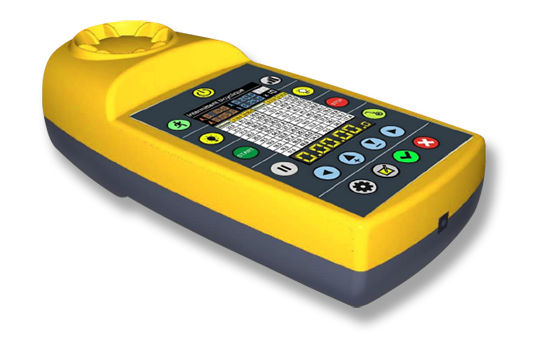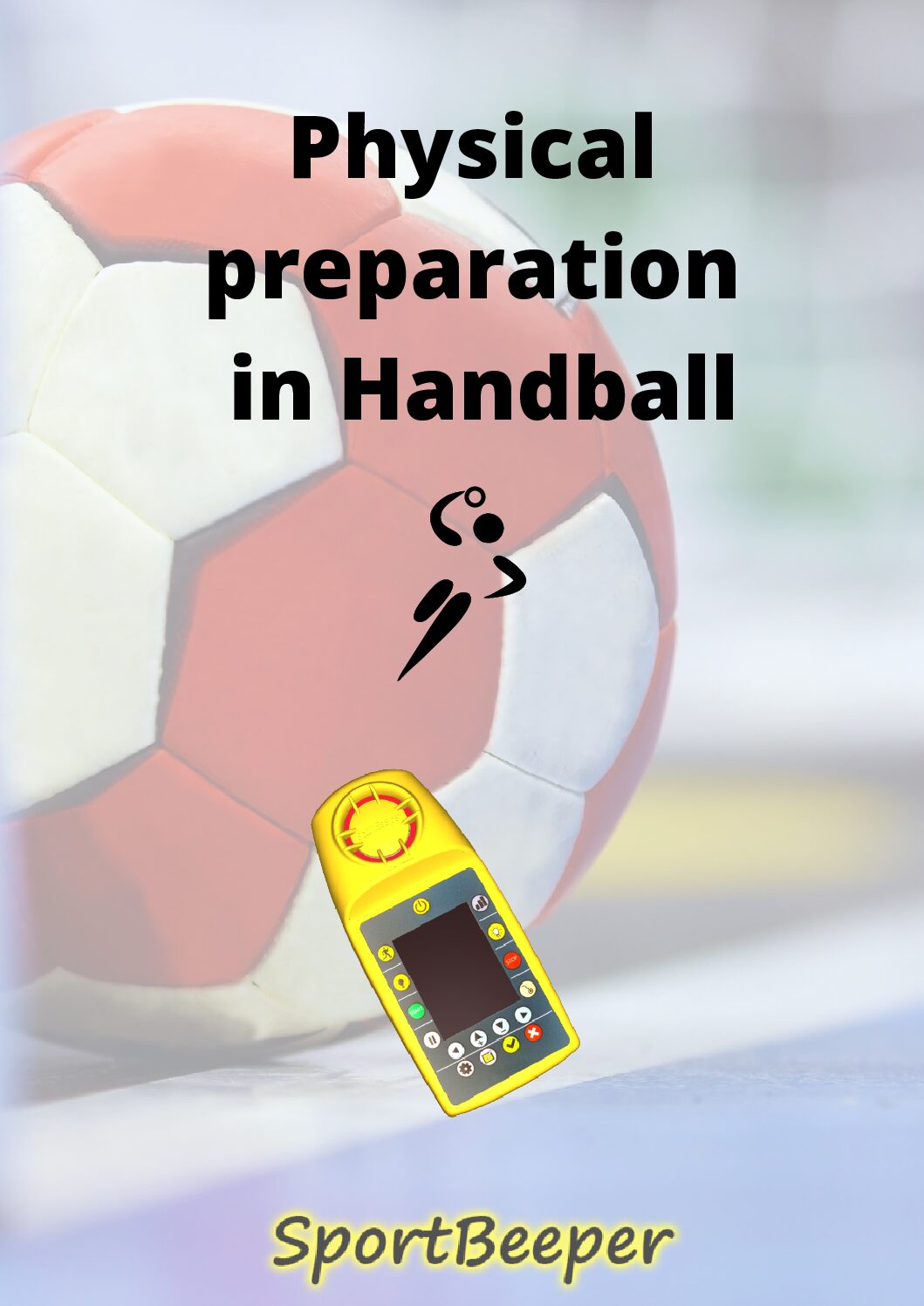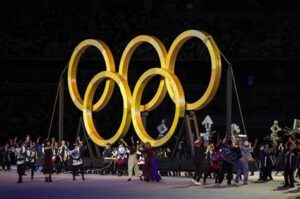Handball
In the context of physical preparation for handball, the French women’s team is preparing with extreme rigor for the Tokyo Olympic Games. The handball team’s physical trainer has drawn up a comprehensive plan focusing on four fundamental areas: aerobic, structural, coordination/agility and combat. Each of these areas is carefully studied and integrated into the training program to ensure that the athletes are in top physical and mental shape for the high-level competition ahead.
- the aerobic axis is crucial to developing the players’ endurance and cardiovascular capacity. Training sessions are designed to improve their ability to maintain a sustained effort on the pitch throughout the match, enabling them to recover quickly between sprints and intense phases of play.
- the structural axis aims to strengthen athletes’ muscles, joints and connective tissues. Through targeted strength training exercises, players develop a solid foundation that protects them from injury while optimizing their strength and power on the field.
- Coordination and agility are key elements in handball, where fast, precise actions are necessary for success. The physical trainer implements exercises that improve hand-eye coordination, reactivity and the players’ ability to change direction quickly and efficiently.
- the combat axis encompasses the players’ tactical and mental preparation. They train to anticipate the opponent’s movements, make quick decisions and execute effective strategies during the match. This includes game simulations, video sessions and decision-making exercises under pressure.
By adopting a holistic and methodical approach, the French women’s team fitness trainer ensures that every aspect of the players’ fitness and performance is optimized, preparing them to perform at their very best at the Tokyo Olympic Games.
1.Aerobic in Handball
The “aerobic” part consists of two types of work:
- First of all, endurance because it is necessary, as in most team sports, to be able to perform for more than an hour. This work will enable you to sustain an intense effort over time, delaying the onset of fatigue as long as possible.
- Secondly, it is necessary to work on aerobic power. The short and very short can be used for this work. This form of work can be worked on in the form of play (work on getting the ball up, defensive withdrawal, etc.)
2.Structural: strength, power, robustness
Several forms of work make up the “strucutal” part :
- No-load strength training: These are “general physical preparation” -type exercises such as push-ups, sit-ups or even jump rope work.
- Strength training with loads: either on the upper or lower body, on isokinetic or analytical machines, in the form of weightlifting, etc.
- Dynamic sheathing work: sheathing on the complete chain with unipodal or multipodal supports. Sheathing can also be worked on in the form of dissociation (top/bottom, right/left…). Moreover, the notion of duel imposes to work on the management of the body to body whether it is offensive or defensive (in a specific way handball or even in the form of combat sport on a tatami).
3.Coordination, agility in Hanfball
2 distinct types of work are achieve to work on coordination and agility
- Weightlifting exercises, and more specifically the clean and Jerk, will help to work on coordination. It is fundamental to be able to strengthen the whole chain of these athletes in order to be more efficient but also to prevent injuries, whether they are articular or muscular.
- The second area of work concerns agility. … Rhythm scales and rhythm courses can be used to carry out this work.
4.Combat in Handball
Finally, a more combat-oriented part will be implemented. Combat sports such as judo or wrestling are useful. However, it is possible to do integrated combat work. This makes it possible to get as close as possible to a match situation.
It is however important to underline that certain exercises can be “hybrid” by crossing several axes of work. Indeed, Pierre Terzi uses weight training which he often combines with the clean and jerk to work on coordination.



